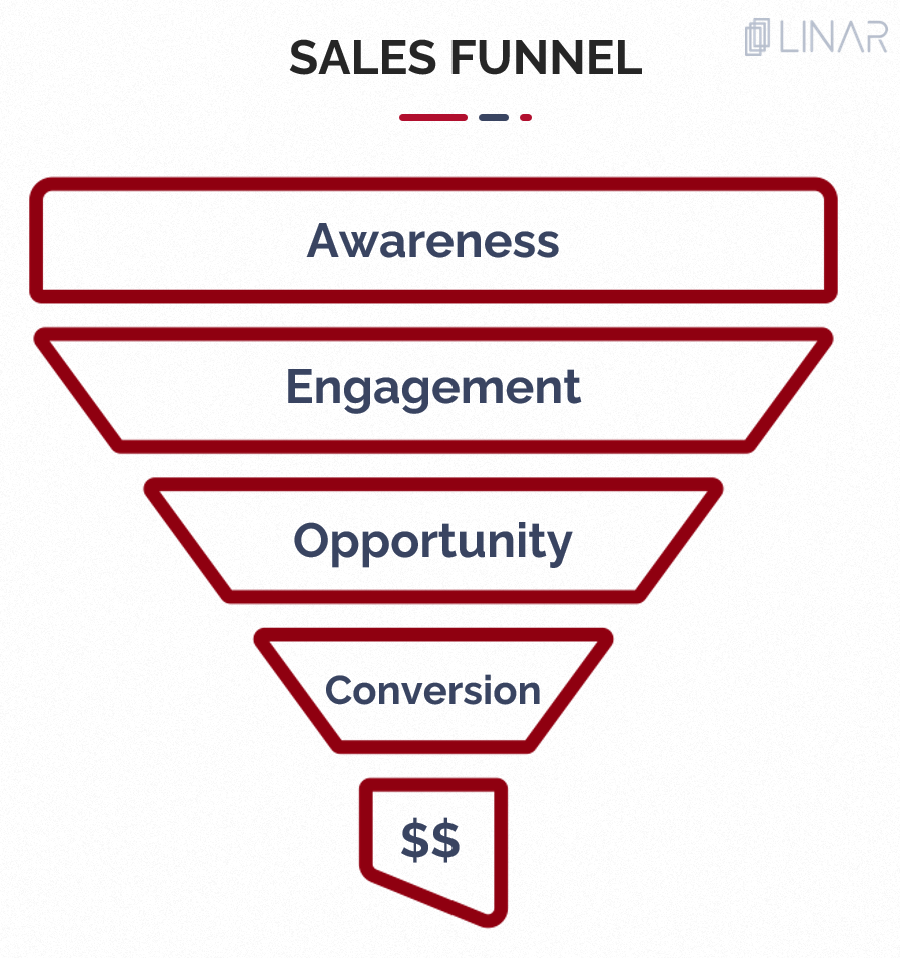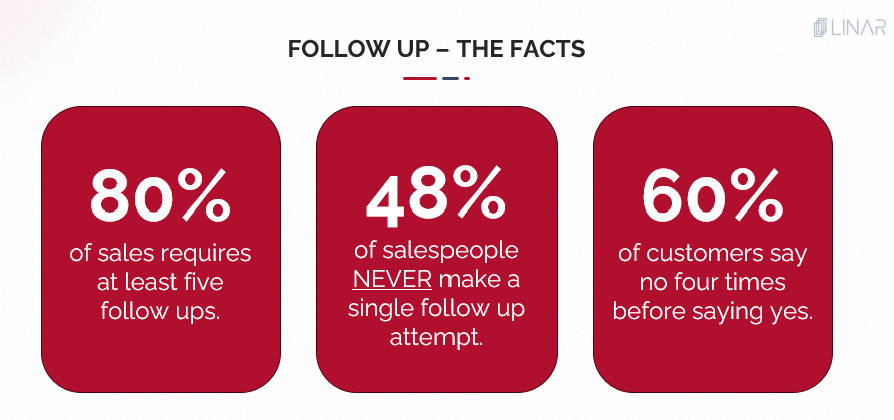The Pipeline Edition
As a new financial year looms for a lot of professional services firms, two activities occur concurrently. Bills for Work In Progress (WIP) or, in some cases, work completed long ago but not billed, are quickly checked and sent to the client prior to April 30. At the same time, budgets for the new financial year are calculated and sent to department heads, bizarrely (in our view) based on the available number of billable hours available.
Discussions around market opportunities and how to capture the interest of customers in relation to these opportunities is, in our experience, somewhat lacking. This makes the development of a sales pipeline, a tool designed to focus attention on what is important, very difficult.
This week we’ve picked out three aspects of the sales pipeline you should consider when heading into FY24/25. Enjoy.

#1. Eyeballs are EVERYTHING
The sales funnel is a reasonably simple concept to grasp. Lots and lots of opportunities at the top of hopper should, if the pipeline is managed well, lead to sales. The exact number of sales will be defined by how good you are at nurturing your leads through each stage of the funnel (your conversion rate). If you are launching a service/product/initiative in the new financial year and want to understand what this might look like from a sales pipeline perspective, try out the free Sales Funnel Calculator from close.com. We’ve found this useful from a planning perspective and also when convincing non-marketing professionals for the need for budgets for launch campaigns!
Without lots of opportunities (eyeballs) constantly pouring into the top of the hopper, you can forget about meaningful sales. This is why the marketing and creative design department should be every salesperson’s best friend. Their ability to create eye catching and engaging content that turns a member of the public into a Marketing Qualified Lead (MQL) is a critical first stage in the sales process. So, get cosy with your marketing colleagues as they are key to your future success.
#2. Be relentless
Considering that, on average, 2-8% of aware parties convert to engaged, it stands to reason that Considering that, on average, 2-8% of aware parties convert to engaged, it stands to reason that EVERY effort should be made to push these precious few MQL leads further down the sales funnel, And yet, in most professional services firms we speak to, there is no defined or understood process for when a lead is generated (from any channel). From the moment someone moves from aware to engaged, you have 24hrs or less to develop this engagement. Otherwise, your lead will look elsewhere. When asked about enquiry management, the common answers (and challenges associated with these answers) received from firm’s include:
effort should be made to push these precious few MQL leads further down the sales funnel, And yet, in most professional services firms we speak to, there is no defined or understood process for when a lead is generated (from any channel). From the moment someone moves from aware to engaged, you have 24hrs or less to develop this engagement. Otherwise, your lead will look elsewhere. When asked about enquiry management, the common answers (and challenges associated with these answers) received from firm’s include:
| Answer | Challenge |
| “Partner X (busiest and most senior partner in the group) receives all responses” | This approach is not practical. Efficient, or cost effective. Their role should not be to qualify leads. Consider giving this to a more junior member of the team (great development opportunity). |
| “Marketing pick up all website enquiries…” | Given the breadth they have to cover, it is unlikely the marketing team with have sufficient depth of knowledge to qualify a lead. See above for solution. |
| “We’ve set up a distribution list for all responses…” | At LINAR we call this the TEFLON ™ approach. Everyone in the distribution list believes that everyone else in the distribution list will pick up the enquiry and so no does! Identify 1/2 people max to qualify leads in a timely manner. |
The common result of a lack of process is leakage (your funnel turns to a sieve) between Awareness & Engagement. Put another way, all that time and effort invested by you and your marketing team in developing a sh^t hot campaign, combined with the pain of convincing your lawyer/accountant/engineering colleagues for a meagre advertising and launch spend, is wasted because you’re losing a proportion of the precious leads you’ve fought so hard to won.
So please, please, please, if you remember one thing from this email today, define your process for enquiry management and follow EVERY SINGLE LEAD up as it may result in a sale.
#3. A non-response does not mean “no”
Here’s some top line sales stats for you from the team at Hubspot.

We’ve spoken previously about the excuses given for not following up on a lead. “Don’t want to disturb them.” “Don’t want to look desperate.” “If they were interested, they would have responded already”. And my personal favourite, “I don’t want to come across as salesy!” These excuses demonstrate a lack of resilience and confidence in the sales process, which, let’s face it, has more rejections than wins.
The key here is to persevere. At LINAR Consulting we chase down EVERY lead to one of two conclusions:
- I’m buying what you’re selling. Wahey! High fives all round; or
- I’m not buying what you’re selling. OK. Let’s (i) understand the reason why and (ii) put you on the list for a catch up in six months when your situation might have changed.





